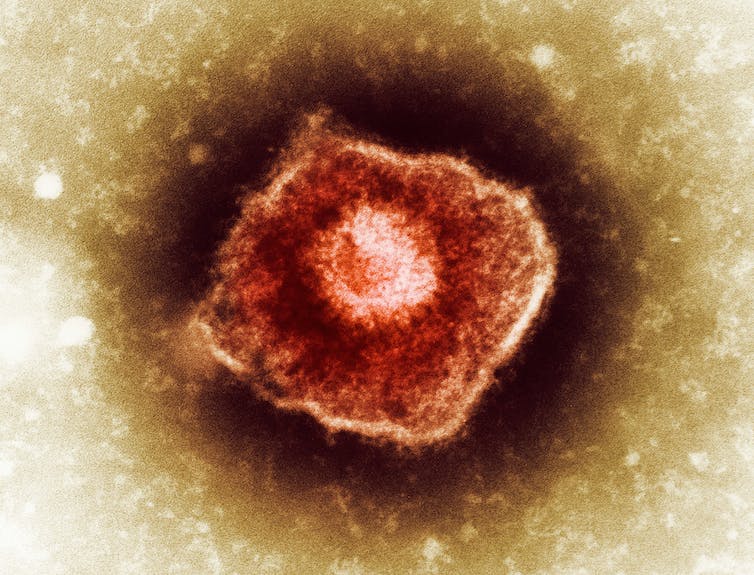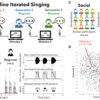Over 90% of the world population has the virus that causes chickenpox lying dormant in their nervous system. Most people contract the varicella zoster virus, or VZV, when they get chickenpox as children. For around a third of these people, this same virus will reactivate years later and cause shingles, also called herpes zoster.
While most people are familiar with the painful rash that VZV causes for shingles, a wide spectrum of other complications can also occur even without visible skin symptoms. Among the most severe is stroke, in particular ischemic stroke, which occurs when the blood supply to the brain is restricted by narrowing arteries or blocked by a clot.
People with shingles have an approximately 80% higher risk of stroke than those without the disease, and this risk stays elevated for up to a year after the rash has resolved. Stroke risk is nearly doubled for those with the rash on their face, and tripled for those under the age of 40.
The mechanism behind this long-term stroke risk is mostly unknown. Some researchers have proposed that direct infection of the arteries may be the cause. However, some features of VZV infections suggest that this is not the full picture. A common theme of VZV infections is chronic inflammation that spreads beyond the original infection site, which can persist for weeks to months after the virus is no longer detectable and presumably dormant again.
I am a neurovirologist, and my lab studies how VZV contributes to neurological disorders such as stroke and dementia. In our recently published research, we found that VZV reactivation triggers the formation of cellular sacs, or exosomes, carrying proteins that contribute to blood clotting and inflammation. An increase in these proteins may lead to an increased risk in stroke.

The varicella zoster virus remains dormant in the nervous system after initial infection.
Science Photo Library – Heather Davies/Brand X Pictures via Getty Images
Exosomes carry blood clotting proteins
Exosomes are small vesicles, or fluid-filled sacs, made inside cells throughout the body. They’re like duffle bags that carry cargo, such as proteins and nucleic acids, from the cell to distant tissues. Although critical for essential biological functions like communication between cells, exosomes can also play a key role in disease progression and are drug targets for many diseases.
We wanted to see whether shingles patients develop exosomes that carry proteins involved in blood clotting, increasing their risk of stroke. So we isolated exosomes from the blood of 13 patients at time of shingles rash and compared them to exosomes isolated from healthy donors.
When we analyzed the contents of these exosomes, we found that shingles patients had nine times higher levels of clotting proteins than healthy patients. Moreover, we found the exosomes of shingles patients still had elevated levels of these proteins three months after their…



